
Between Sumatra and Bali, Java is the world's most populous island. Home to more than half the population of the Indonesian archipelago, it stretches for more than 1,000 km. An essential stopover on any trip to Indonesia, Java is home to an incredible diversity of landscapes. Its long chain of volcanic mountains is surrounded by rice terraces and tea plantations. There are also sprawling megalopolises like Jakarta, where the frenetic atmosphere contrasts with the coastal landscapes and small fishing villages. In terms of culture, a visit to the temples of Borobudur or Prambanan is a must if you want to understand the island's history. Here are our must-sees in Java.
1. Yogyakarta, a compendium of beauty
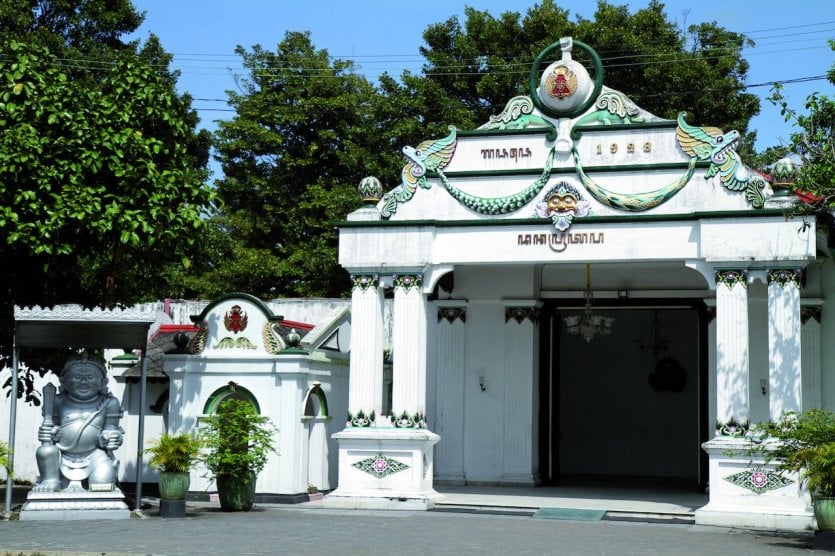
The Sultan's Palace in Kraton Ngayogyakarto© Stéphan Szeremeta
Yogyakarta is home to the very essence of Java 's beauties: majestic volcanoes, close proximity to the Borobudur and Paraman temples and a lively cultural scene linked to its glorious past. The Kraton is a gigantic complex protected by thick ramparts. Built in the 18th century, it is now home to over 20,000 people. The sultan's palace, museums and mosques are all located here. Its open-air pavilions often host dance performances. This is the must-see monument in Yogyakarta.
Petit Futé tip: Take advantage of a discount by booking your travel insurancehere , and leave with peace of mind! Don't forget to apply for your visa right here to prepare for your trip.
2. What to do in Java See the temples of Borobudur
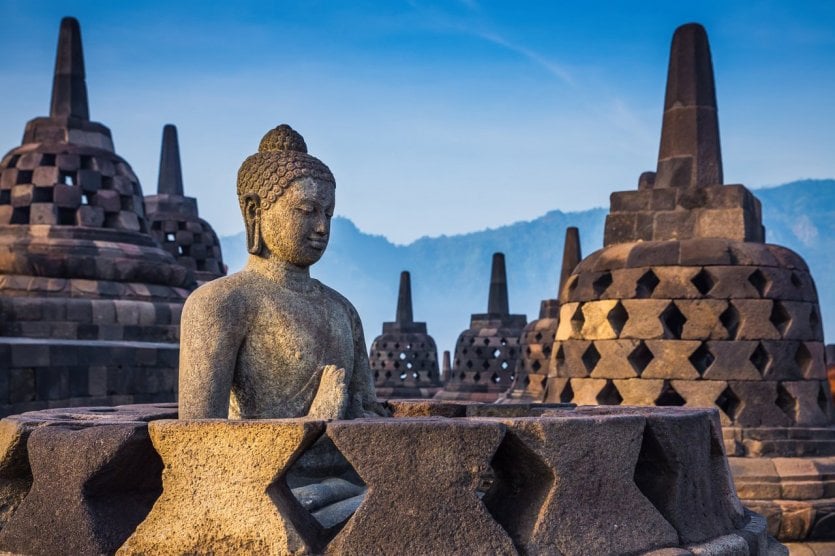
The temples of Borobudur© Sanchai - stock.adobe.com
Built between 750 and 850 by the Sailandra dynasty, the temple of Borobudur has been restored since the 19th century, thanks in particular to the support of Unesco. This enormous volcanic stone stupa houses countless bas-reliefs illustrating the main stages in Buddha's life. Nirvana draws nearer with each floor, and it is indeed a final, small, perfectly structured stupa that welcomes visitors to the summit. This is unquestionably one of the major sites in Southeast Asia.
What to book: Explore and discover the ancient wonders of the temples of Borobudur and Prambanan ona guided tour departing from Yogyakarta, which you can book right here.
Read more: What to see and do in Indonesia The 19 most beautiful places to visit
3. Go to the beach at Parangtritis

Located on the Indian Ocean coastline, 27 km from Yogyakarta, Parangtritis offers the ideal getaway for a day away from the city. The coastline, bordered by towering cliffs, is covered in black volcanic sand, where the powerful waves of the Indian Ocean break. Beware, though, as the sea currents are very violent, and extreme caution is essential. You can also visit the Parang Wedang hot springs, caves carved into the cliffs that have become meditation sites. Nearby, you'll find the Parangwedang hot springs, where you can bathe in waters renowned for their health-giving and rejuvenating properties.
4. Bromo, a majestic volcano
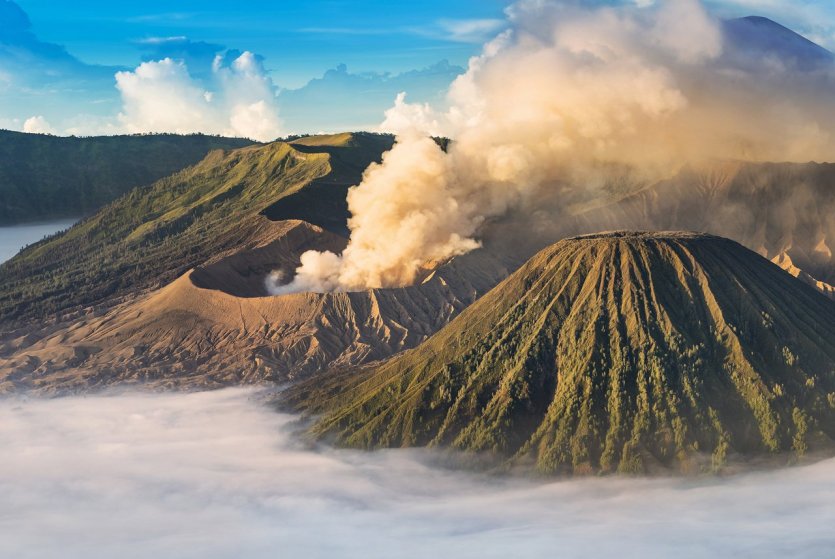
The Bromo volcano© BigGabig stock.adobe.com
For many, Bromo is Indonesia's most beautiful volcano. It's true that this spectacular site leaves no one indifferent! At 2,393 m high, the volcano's 11 km-diameter cirque is surrounded by a sumptuous sea of sand. In this sea of sand are three islets: Widodaren, Batok and Bromo. From this fascinating landscape, Mount Semaru can be seen at sunrise, belching smoke every 20 minutes. According to legend, Bromo was dug out by a giant with a coconut shell to win the heart of a beautiful girl, promised to him by the king if he could accomplish the feat in one night. As the titan seemed to succeed, the king ordered the roosters to be fed in the middle of the night. The roosters crowed, and the giant, who thought he was late, sped up and perished of a heart attack.
To book : Book this guided tour of Mount Bromo for an unforgettable experience. Climb 248 steps to discover the volcano's crater and watch the magnificent sunrise over Mount Bromo.
Read more: Top 10 active volcanoes in the world
5. What to do in Java Visit the sulphurous Kawah Ijen
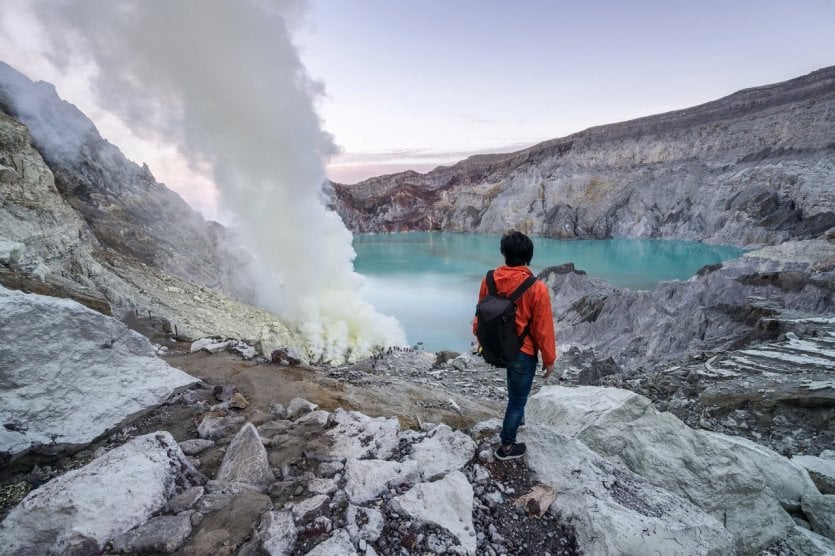
Kawah Ijen© Kittiphan - stock.adobe.com
Kawah Ijen is one of the volcanic cones of the Ijen volcano in East Java. Most visitors come to admire its crater, home to the world's most acidic lake, from which riseimpressive sulphur fumes. Below this lake lies an open-pit yellow sulphur mine, where sulphur porters work every day, despite the toxic fumes. Their labor means they know the volcano and its secrets better than anyone else.
Good to know: Get up early in the morning, before the sun rises, and you may witness an amazing natural phenomenon where blue flames appear around the crater. Often referred to as "Blue Fire", this spectacle usually occurs around 4am. This color is due to the combustion of sulfur present in the gas.
6. Prambanan, temples as far as the eye can see
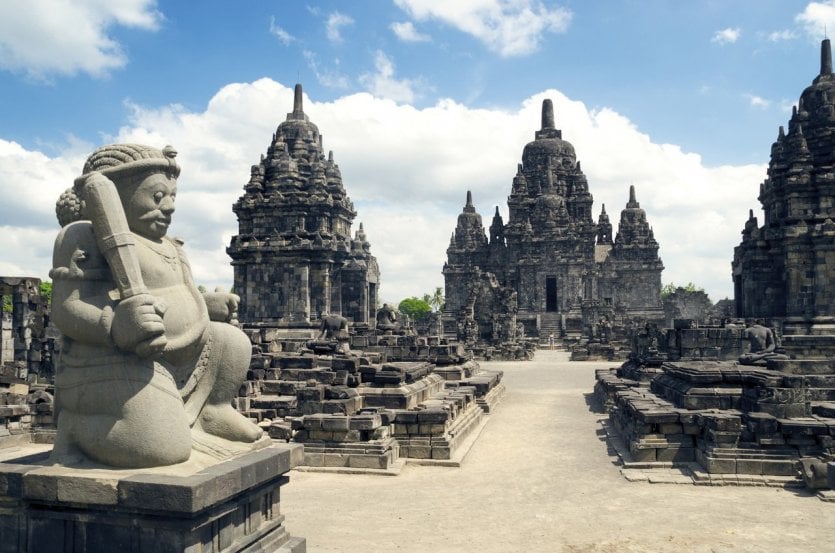
The temples of Prambanan© cherrytomato
It's hard not to be impressed by the plain of Prambanan, which boasts at least 240 temples Along with the famous Borobodur, this complex represents the apogee of Javanese Hindu-Buddhist art. Today, you can visit the eight main temples in the central courtyard. Although most have been destroyed or are inaccessible, the site remains one of the most important testimonies to the Hindu Sanjaya dynasty, built between the 8th and 10th centuries. Among the main temples, the one dedicated to Shiva - the Candi Shiva Mahadeva - is the most impressive. Over 50 m high, it was intended to house the remains of a king, so it's easy to imagine its lavish architecture!
What to book: Explore and discover the ancient wonders of Borobudur and Prambanan temples ona guided tour from Yogyakarta, which you can book right here.
7. What to do in Java Discover Surakarta, the cultural capital
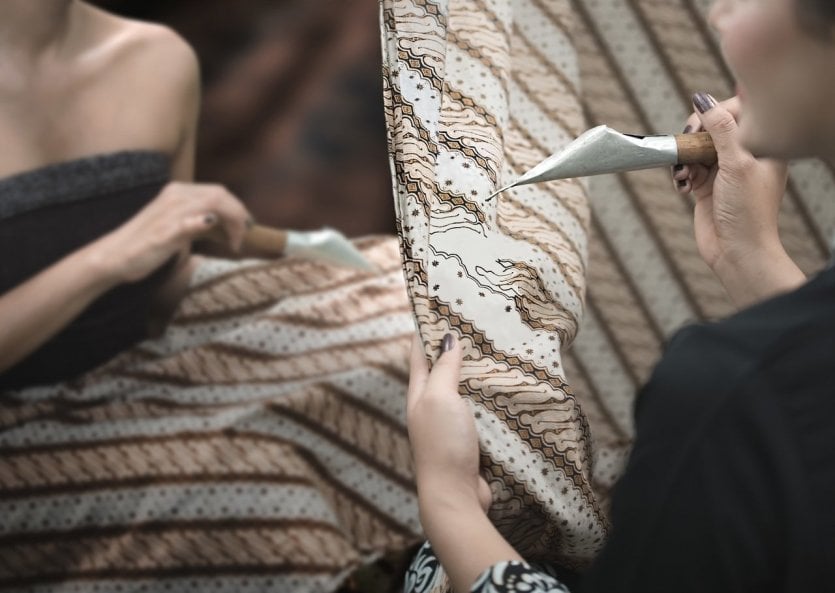
Making batik© Acarapi - stock.adobe.com
65 km from Yogyakarta, in the middle of a fertile valley, Surakarta is considered the historical and cultural capital of the island of Java. The nerve center of Javanese culture, Surakarta has retained much of its charm, and boasts a number of cultural assets that epitomize Indonesia, a patchwork of cultures. Indeed, it was the cradle of many Javanese poets, and even today is a fertile ground for contemporary art: dance, theater or music... You'll feel the gentle Javanese way of life here. If you'd like to treat yourself to an Indonesian batik, a fabric printed with a wax resist, Surakarta is the place to find the finest!
Good to know: if you'd like to opt for a personalized travel itinerary in Indonesia, we recommend you request your free quote right here. A tailor-made, responsible trip, direct with the best local agencies, awaits you!
8. Cirebon, a village to discover
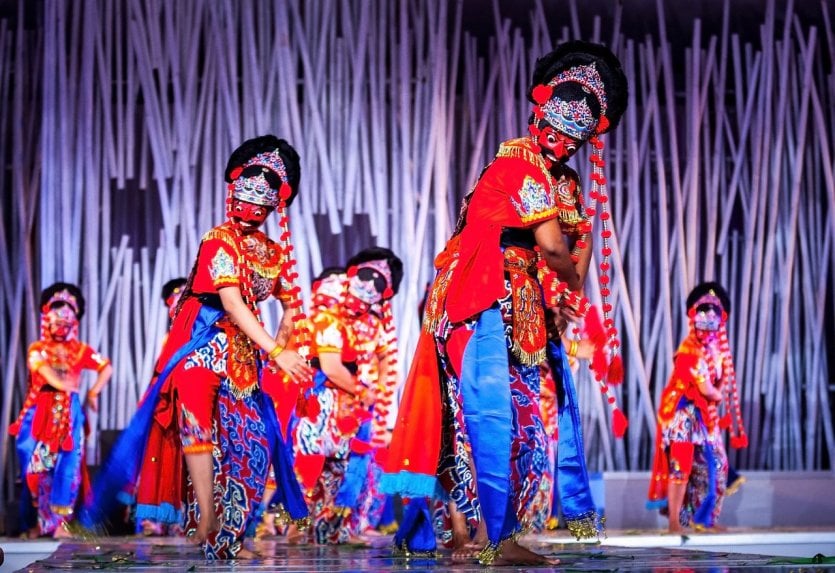
Topeng, a typical dance© Wongiman
Cirebon is rarely on a traveler's itinerary in Java, yet this fishing port has much to offer. Its Javanese, Chinese, Arab and Dutch influences give it a unique history. Here, it's not impossible to see ancient Muslim palaces decorated with Ming porcelain! Cirebon is renowned not only for its puppet crafts but also for its tradition of topeng, a typical dance performed with a mask.
9. The Karimunjawa archipelago, immersed in nature
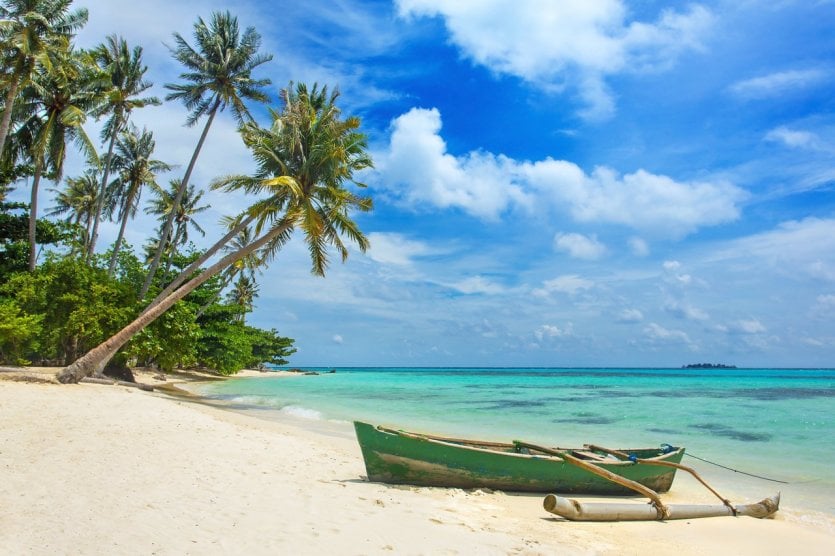
Karimunjawa Archipelago© Mazur Travel
North-west of Jepara, the Karimunjawa archipelago comprises 27 islands and is part of a 110,000-hectare national park. Still off the beaten track of Indonesia's major tourist circuits, it is home to exceptional seabeds, renowned for their blue coral, and lush wilderness. The sunsets are sumptuous, as are the many beaches frequented by locals. A smart plan in Indonesia! That's right, Indonesia isn't in our selection of the best destinations for beach vacations for nothing!
What to book: You absolutely must explore the islands of the archipelago by boat. To do so, we recommend booking this snorkeling tour, which will let you enjoy the beaches and see the magnificent coral and fish of Karimunjawa's underwater world.
Read more: Where to go on honeymoon? The 25 best honeymoon destinations
10. What to do in Java Discover Madura
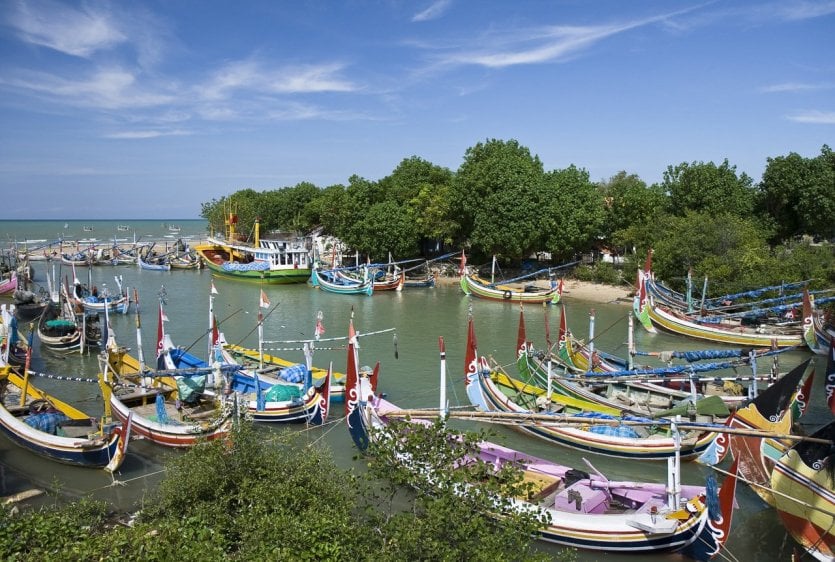
The island of Madura© Downunderphoto - stock.adobe.photo
Located just opposite Surabaya, Madura is separated from Java byIndonesia's longest bridge. Madura is famous for its annual bullfights, the kerapan sapi. This ancestral sport, born in the 13th century, attracts aficionados from August to September. The island's north coast is dotted with fishing villages where the turquoise waters contrast sharply with the local white stone. Pantai Lombang, 30 km from Sumenep, is certainly the most beautiful beach on the island.
Read more: Where to go in Indonesia this summer? Our favorites
11. Ujung Kulon National Park and its impressive wildlife
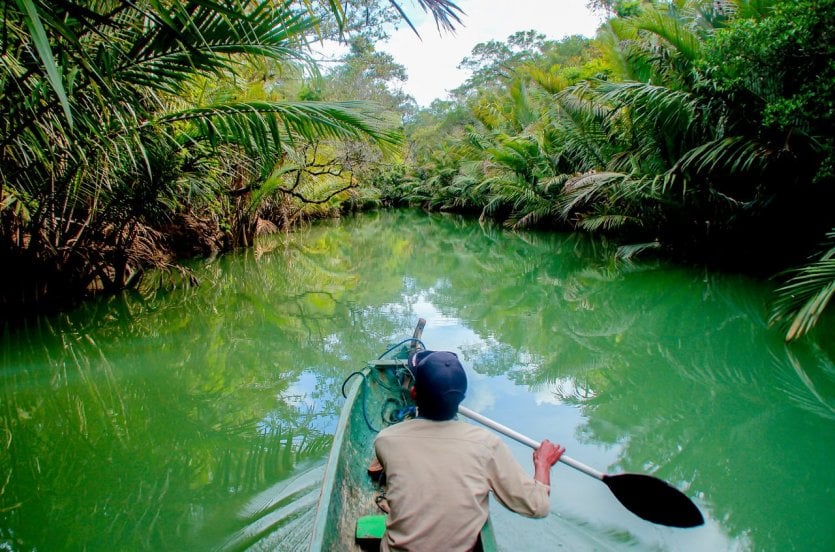
Ujung Kulon National Park© Eva Afifah - Shutterstock.com
The Ujung Kulon reserve was created in 1921 to protect the endangered Java rhinoceros . It's a perfect place to observe the local wildlife, as the reserve is remarkably well-equipped with observation towers and refuges. You can see crocodiles, buffalo, wild pigs, deer, hornbills, macaques, sea lions, squirrels and panthers. As for the rhinos, there are now almost sixty of them. Today, the Ujung Kulon reserve is recognized as a World Heritage Site.
Nearby, about 10 minutes by boat, is Cidaon, a site where you can see free-roaming bantengs and Java peacocks. One of the highlights of a visit to the park is a canoe trip from Handeuleum Island, navigating the Cigenter River.
Read more: 10 magnificent endangered animals to see on your trip
12. Jakarta, capital of Indonesia

Java is the head of Indonesia, with its capital, Jakarta, home to over 10.6 million inhabitants. Indonesians call it "the big durian", in reference to the fruit that is king in Asia, but which remains foreign to the palate and nostrils of Westerners. However, the city is fascinating for its contrasts, with its fabulous residential districts. It's a city of modern urban life, with plenty of places to party. Be sure to visit the emblematic National Monument, admire the Istiqlal Mosque, shop at the Grand Indonesia Mall or stroll through the magnificent Chinatown district. To escape the hustle and bustle, head to Jakarta Bay and explore the 1000 Islands, Palau Seribu, famous for their superb beaches and diving opportunities.
To book: Just stopping off in the city? Take advantage of a guided tour of Jakarta bookable right here that will introduce you to its history and culture through its iconic historical and cultural sites.
Read more: Where to go in February? The best destinations
13. Pelabuhan Ratu, a legendary port

The port of Pelabuhan Ratu lies 90 km south of Bogor and around 3 hours' drive from Jakarta. The coast, with its black sand beaches, has become a popular tourist destination in recent years. However, swimming here is dangerous due to the strong currents. This fishing port is also the birthplace of the legend of the Ratu, the ogress queen of the South Seas, who kidnaps unwary swimmers and reckless sailors and holds them captive in her kingdom. A small staircase leads to a shrine at the top of the cliff.
One of the region's main attractions is the Ciletuh-Palabuhanratu UNESCO Global Geopark, with its ancient rock formations and plateaus for paragliding, rafting, climbing, diving, fishing and forest hiking.
Read more: 15 destinations for cheap vacations
14. What to do in Java Hiking on the Dieng plateau

The Dieng Plateau, at over 2,000 meters above sea level, is more than just architecture; it's a unique atmosphere. The winding road up from Wonosobo offers magnificent views of terraced crops, from tobacco to tomatoes, potatoes, asparagus and onions, stretching to the peaks. Dieng, which means "abode of the gods", is home to Java's oldest Hindu temples. Originally, the sacred site was accessible via two monumental staircases. Today, it has reverted to marshland, often shrouded in mystical mists from which the temples emerge.
Worth knowing: The Dieng Plateau is often included in the classic itineraries offered by Yogyakarta travel agencies. Although possible as a day trip, which involves a six-hour round trip, it' s best to stop off in Wonosobo. This allows you to organize more leisurely visits and really soak up the unique atmosphere of the place. The area is ideal for peaceful hikes, allowing you to take full advantage of the magnificent scenery.
To book: Join this excursion from Yogyakarta to the Dieng Plateau to watch the golden sunrise from Sikunir. The misty site, sulfur springs, ancient temples and colorful lakes make this experience a true natural and cultural wonder.
15. What to do in Java Pangandaran Nature Reserve

Although small, the Pananjung Pangandaran nature reserve is very pleasant. Around 80% of the park is secondary rainforest, offering lush vegetation with magnificent trees, mangroves and flowers. The waterfalls are cool and clear. The park is also home to a wide variety of animals, including wild buffalo, fallow deer, gibbons, turtles, tapirs, snakes, lizards and many colorful birds. Macaques, which are very numerous, are the most familiar guests, but be careful with your food!
Hiking enthusiasts have two options: the Recreation Park, a loop of around 2h30 that leads to several caves (one of which is home to porcupines; a torch is required and can be hired for Rp 15,000 at the park entrance), and beaches. The second option is a 4-hour round-trip walk to a pretty waterfall where you can take a dip (crossing buffalo pastures).
Good to know: A guide is not required for the first circuit, but may be useful for the second, whose trail is less obvious. The park can also be explored by boat, which takes around 45 minutes.
16. Taste typical culinary specialties

Tasting local culinary specialties is a must, as Java's varied and spicy cuisine deserves special mention. In the best local restaurants, dishes such as "nasi goreng" (fried rice) and "gudeg" (young jackfruit cooked in coconut milk) are classics. Sate" (marinated and grilled meat skewers) and "rendang" (beef simmered in coconut milk and spices) are also very popular. For those with a sweet tooth, "kolak" (a dessert made from fruit and coconut milk) and "es campur" (a sweet drink made from condensed milk, syrup and pieces of fruit) are delicacies to be discovered. And don't miss the "kerupuk" (shrimp crackers) and "tempeh" (fermented soy cakes) that often accompany meals.
What to visit in Java with your family
Java, the most populous of the Indonesian islands, offers a multitude of activities and sites to discover with the whole family. Here are a few suggestions for an unforgettable stay:
- Borobudur, a Buddhist temple listed as a UNESCO World Heritage Site, is a must-see. Children will be fascinated by the sculptures and stories engraved in the stone.
- Prambanan, a complex of Hindu temples, is equally impressive. Children can explore the ruins and learn about Hindu mythology.
- Yogyakarta, a cultural city with many attractions, including the Kraton (Sultan's palace), the Beringharjo market and the Kota Gede art district. Children will also love the wayang kulit (shadow theater) shows.
- Ujung Kulon National Park, at the western tip of Java, is a sanctuary for the Javan rhinoceros. Families can hike, observe wildlife and enjoy the beaches.
- Mount Bromo: An excursion to Mount Bromo is a memorable adventure. Children will marvel at the lunar landscape and the volcano's fumaroles.
What's the best beach in Java?
Although Java is less famous for its beaches than Bali, it is nevertheless home to several coastal gems that are well worth a visit. Among Java's most beautiful beaches, here are a few that stand out for their natural beauty and unique ambience:
- Parangtritis Beach: Located around 27 km from Yogyakarta, this beach is famous for its volcanic black sand and towering cliffs. Although swimming here is dangerous due to the strong currents, the beach offers spectacular scenery and a mystical atmosphere, especially with its local legends.
- Baron Beach: Still to the east of Parangtritis, Baron beach is renowned for its beauty and charm, although swimming here is also risky due to the powerful waves. The surrounding coves and hiking trails add to its appeal.
- Pangandaran Beach: Located on Java's south coast, Pangandaran is one of the island's most popular seaside destinations. With its black sand and clear waters, this beach is ideal for water sports and relaxation. The region is also renowned for its coral reefs and surf spots.
What to visit: Java or Bali?
- Choose Java if you're passionate about history, culture and volcanic landscapes. Java offers a more authentic, less touristy experience.
- Choose Bali if you're looking for a combination of culture, heavenly beaches, wellness and nightlife. Bali is more touristy, but offers a wide variety of activities to suit all tastes.
Both islands have their own charms and are well worth a visit, but the choice will depend on your personal preferences and what you wish to discover on your trip.
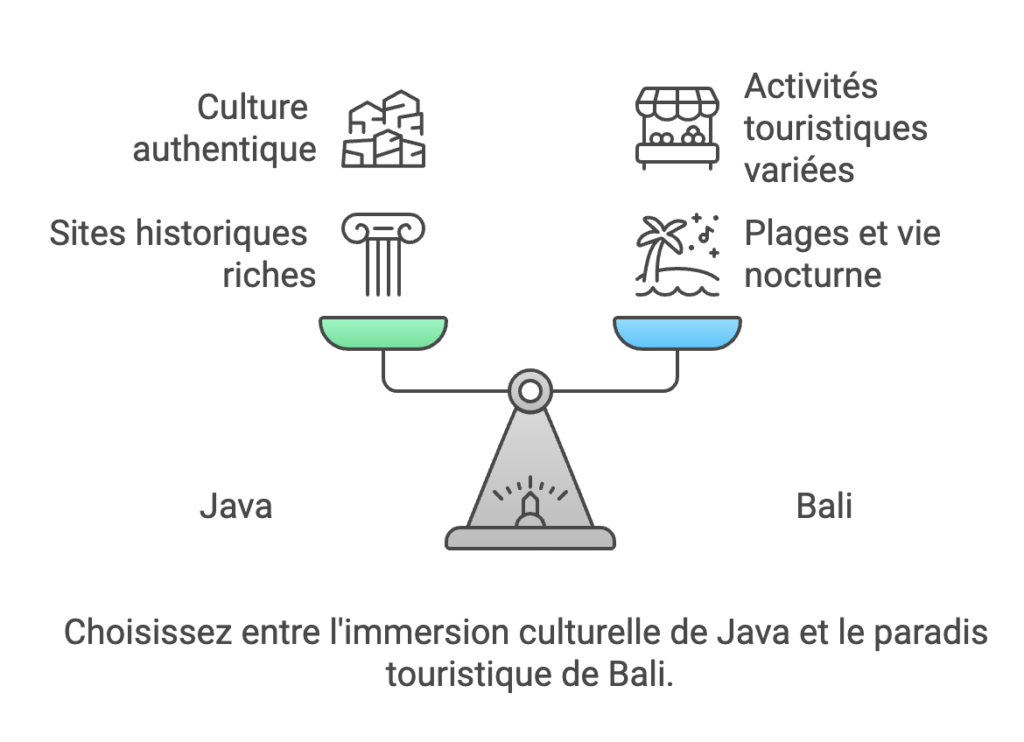
So, are you tempted? Take a look at our airfares now and book without delay !


